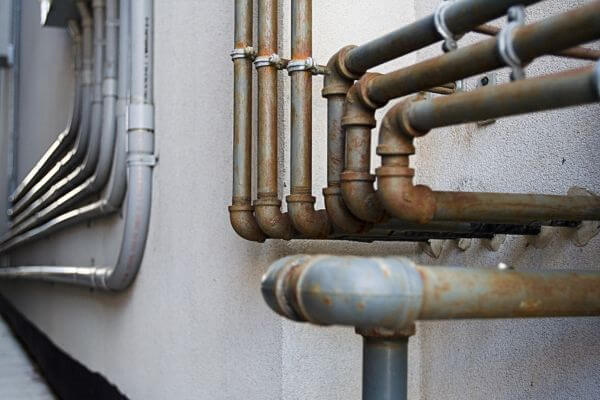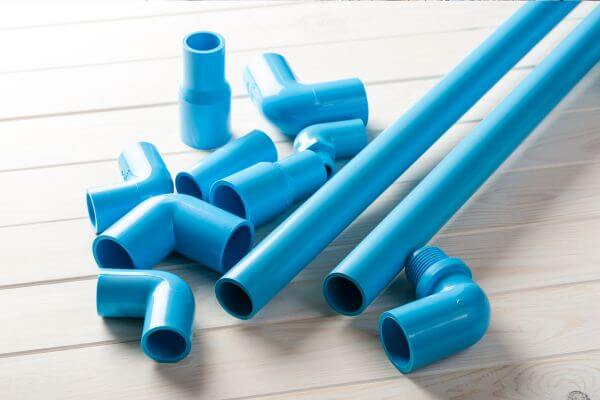What is a perforated pipe and how do you know if you have one?
A perforated pipe is one that has suffered damage to its structure, which allows water to escape through a specific point. This type of problem can be caused by various factors, such as corrosion, accidental knocks, the presence of roots, or even the natural wear and tear of the materials over time.
Signs of a perforated pipe
Identifying a punctured pipe is not always easy, as the signs can vary depending on the location and size of the leak. Some common signs are:
- Unexplained increase in water bills.
- Damp stains on walls or ceiling.
- Sounds of running water when there are no taps running.
- Decrease in water pressure.
- Appearance of puddles on the ground without a clear source.
If you notice one or more of these signs, it is important to act immediately. Not only do burst pipes increase your water bills, but they can cause structural damage to your home if not repaired in a timely manner.
Methods for repairing a perforated water pipe without building work
Nowadays, repairs without building work are an excellent solution to avoid the inconvenience of invasive intervention. Below, we explain the most common and effective methods used to repair perforated pipes without the need for building work.
Continuous sleeve rehabilitation
This method is one of the most commonly used in the repair of pipes without building work. It consists of inserting a resin-coated flexible sleeve into the damaged pipe. The sleeve is inflated until it conforms to the inner walls of the pipe and, once hardened, creates a new pipe inside the original one.
This procedure has several advantages: it does not require excavation, it is fast and can be used on pipes of different diameters. In addition, the result is durable and resistant to future drilling. This method is ideal for water pipes, both in buildings and in irrigation systems.
Inner liner insert
Inner liner insertion is similar to sleeve rehabilitation, but instead of a continuous sleeve, short segments of material are inserted into the damaged pipe. This method is ideal when the damage is localised to a specific part of the pipe.
Like the continuous sleeve, the inner liner is inflated and hardened to create a barrier that seals the leak. This technique is ideal for situations where access to the pipe is limited and large excavations are not possible.
Repair using epoxy resins
Epoxy resins are an excellent option for repairing small holes or cracks in pipes. This method involves coating the inside of the pipe with a resin that bonds to the inside walls, sealing any leaks. It is a fast and efficient technique used for potable water and sewer pipes.
This type of repair is particularly useful when pipes are located in hard-to-reach areas or when downtime of the water supply is to be minimised. In addition, epoxy resins are highly resistant to corrosion and wear, ensuring a long-lasting solution.



Recent Comments